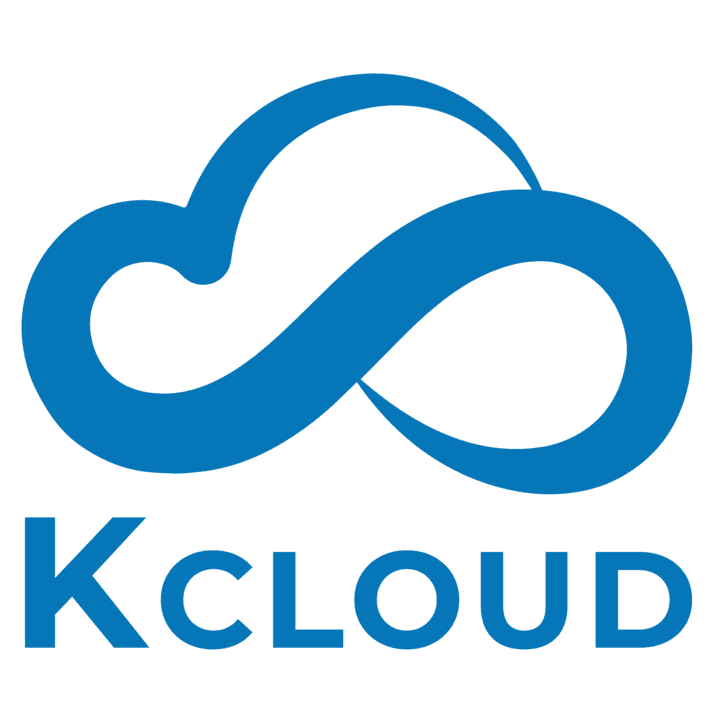Are you ready to catapult your conversion rates and take your marketing efforts to new heights? Look no further! In today’s digital age, two powerful tools have emerged as game-changers in the world of customer engagement: Salesforce SMS and email marketing. But which strategy reigns supreme? Get ready for an electrifying showdown as we compare these dynamic duos, uncovering the secrets behind their ability to skyrocket conversions. Buckle up and prepare for a thrilling ride filled with tips, tricks, and insights that will revolutionize your marketing approach. Let’s dive into the ultimate battle between Salesforce SMS and email marketing strategies – it’s time to boost your conversion rates like never before!
Salesforce Ventas SMS VS E-mail Marketing
Salesforce SMS and email marketing strategies are two powerful tools that businesses can utilize to increase their conversion rates. These strategies allow businesses to engage with their customers in a more personalized and direct manner, ultimately leading to higher conversions.
Salesforce SMS: The Power of Instant Connectivity
Salesforce SMS brings the immediacy of text messaging to the marketing realm. SMS boasts an astonishing open rate, with messages often read within minutes of being received. This makes it an effective tool for time-sensitive promotions, appointment reminders, and quick updates. However, the limited character count poses a challenge when trying to convey complex information.
Email Marketing: The Time-Tested Workhorse
Email marketing has been a staple for marketers for decades. Its strengths lie in its versatility, allowing for detailed content, multimedia, and personalized messages. Email campaigns are excellent for nurturing leads, disseminating information, and establishing brand authority. However, with the saturation of email inboxes, the challenge lies in creating content that not only grabs attention but also avoids being labeled as spam.
Pros and Cons of using Salesforce SMS
Pros:
1. Direct and instant communication: One of the biggest advantages of using Salesforce SMS for improving conversion rates is the direct and instant nature of communication. Text messages are received immediately by the recipient, whereas emails may get lost in a cluttered inbox or even end up in the spam folder.
2. High open and response rates: Another significant advantage of using Salesforce SMS is its high open and response rates. According to research, text messages have an average open rate of 98%, while email has an average open rate of only 20%. This means that your message is more likely to be seen and responded to when sent through SMS.
3. Personalized messaging: With Salesforce SMS, you can personalize your messages with the recipient’s name, making it feel more personal and relevant to them. This level of personalization can greatly impact their decision-making process and increase the chances of converting them into customers.
4. Mobile-friendly: In today’s digital age, where most people use smartphones for almost everything, including shopping, using Salesforce SMS allows you to reach potential customers wherever they are. Unlike emails which require internet access, text messages can be received on any mobile device with a cellular connection.
5. Cost-effective: Compared to traditional marketing methods such as print ads or TV commercials, sending text messages through Salesforce is relatively inexpensive. This makes it a cost-effective option for businesses looking to improve their conversion rates without breaking the bank.
Cons:
Character Limitations: The limited character count in SMS can be a constraint for conveying complex information or detailed messages. Crafting a compelling message within these constraints can be challenging.
Potential for Intrusiveness: SMS messages may be perceived as more intrusive compared to emails. Marketers need to strike a balance to avoid being overly disruptive and ensure that messages provide genuine value to the recipient.
Limited Multimedia: Unlike email, SMS lacks the ability to include multimedia content. This limits the richness of the message and may impact the ability to convey information in a visually appealing way.
Global Variances: SMS costs and regulations can vary significantly on a global scale. Marketers need to navigate these variances to ensure compliance and cost-effectiveness in different regions.
Pros and Cons of Using Email Marketing
Pros:
Versatility and Rich Content: Email marketing allows for versatile content, including multimedia elements, hyperlinks, and detailed information. This richness facilitates storytelling, brand building, and conveying complex messages effectively.
Detailed Analytics: Email platforms provide detailed analytics and insights into user behavior. Marketers can track open rates, click-through rates, and other metrics to refine and optimize their campaigns.
Automation and Personalization: Email marketing platforms, when integrated with tools like Salesforce, enable powerful automation capabilities. Marketers can set up personalized drip campaigns, delivering targeted content based on user behavior.
Inbox Real Estate: Despite the challenge of inbox saturation, email offers a dedicated space in users’ inboxes. Once subscribed, users expect and often look forward to receiving information, creating an opportunity for consistent engagement.
Cost-Effectiveness for Volume: Sending large volumes of emails is generally more cost-effective compared to SMS. This makes email marketing an efficient choice for campaigns targeting a broad audience.
Cons:
Lower Open Rates: Compared to SMS, email open rates are typically lower. Standing out in crowded inboxes poses a significant challenge, and there’s a risk of messages being relegated to the spam folder.
Delayed Engagement: Email is not as immediate as SMS. Users may not check their emails regularly, leading to delays in engagement. This can be a drawback for time-sensitive promotions.
Complex Conversion Funnels: While email is excellent for detailed content, setting up complex conversion funnels with multiple touchpoints can be challenging. Some users may drop off at various stages of a lengthy email sequence.
Mobile Responsiveness: Although emails can be designed to be mobile-friendly, some users may still face issues with email rendering on various devices. Ensuring a seamless experience across different screen sizes is an ongoing consideration.
Regulatory Compliance: Like SMS, email marketing must comply with regulations such as GDPR and CAN-SPAM Act. Marketers need to ensure that their email campaigns adhere to these rules to avoid legal repercussions.
Conclusion –
After a thorough analysis and discussion of Salesforce SMS and email marketing strategies, it is clear that both are effective methods for boosting conversion rates. However, the effectiveness of each strategy may vary depending on the specific goals and target audience of a business.
One major advantage of using Salesforce SMS as a conversion rate booster is its high open and response rates. With SMS, messages can be delivered directly to a person’s mobile phone, making it more likely to be seen and read compared to emails which may get lost in an overflowing inbox. Studies have shown that SMS has an open rate of 98%, while emails only have an average open rate of 20%. This means that with SMS, businesses have a higher chance of capturing their audience’s attention and driving them towards taking action.
Moreover, another strength of Salesforce SMS is its ability to reach customers in real-time. With the majority of people having their phones within arm’s reach at all times, sending time-sensitive messages such as limited-time offers or flash sales through SMS can create a sense of urgency and drive immediate conversions. This makes it an ideal strategy for businesses looking to boost sales during peak periods or promote time-sensitive deals.
On the other hand, email marketing also has its own set of advantages when it comes to boosting conversion rates. One key benefit is its cost-effectiveness compared to other marketing channels. Sending bulk emails can be done at minimal costs, making it accessible for small businesses or those with limited budgets.
For services, contact us at sales@kcloudtechnologies.com
For more information, you can schedule a demo call with us, by mail at contact@kcloudtechnologies.com

